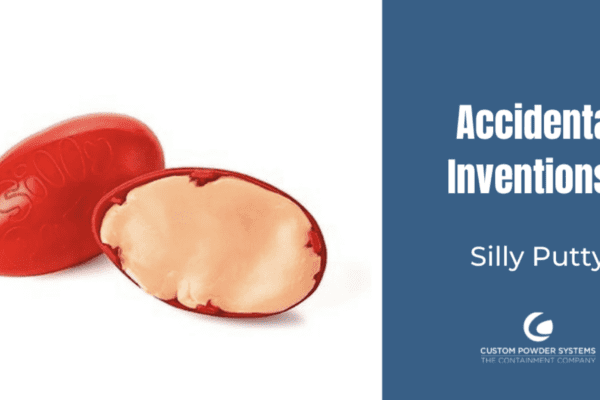WARNING: Reading this article may incite a ravenous craving for potato chips. Viewer discretion is advised.
The crunchy, salty, irresistible snack that you know and love was first created nearly two centuries ago. Potato chips are said to have originated from an interaction between a picky restaurant patron and an irritated cook… But is that really where they came from?
The Legend of the Salty Chef
As the story goes, Native and African American chef George (Speck) Crum worked at Moon’s Lake House in Saratoga Springs, New York. One day in 1853, he encountered a particularly fussy eater. Cornelius Vanderbilt had ordered fried potatoes, which he then sent back because they were cut too thick. George, in the act of spiteful pettiness, proceeded to slice a potato as thinly as possible and fry it to a crisp… And Cornelius loved it.
As fun as this story is, historians have mostly debunked it. George Crum still, however, often receives credit for popularizing the snack, as he continued to serve them to enthusiastic patrons.
George’s “Saratoga Chips” quickly became a hit around town and then beyond Upstate New York. In 1860, the chef opened his restaurant, Crum’s House, where each table was served a delicious basket of his famous potato chips. The delicious crisps eventually became quite sought-after throughout the U.S., with the first “Saratoga Chips” being sold in grocery stores in 1895 by William Tappendonby in Cleveland, OH.
Other Cooks in the Kitchen
Over the years, other possible origin stories of the invention of the potato chip have surfaced.
George Crum’s coworker and sister, Catherine Adkins Wicks, also claimed that she was the true inventor of the potato chip. In some versions of the original story, she is said to have been the one who served the thin crips to Cornelius Vanderbilt. In another, Catherine was allegedly peeling potatoes when she accidentally dropped a slice in a pot of boiling fat.
Another Moon’s Lake House employee, “Eliza, the cook,” was claimed to have been making chips as early as 1849. A New York Herald article from the time said her “potato frying reputation is one of the prominent matters of remark at Saratoga.” Other restaurant individuals credited with the invention include the owners, restaurant manager Hiram Thomas, and several other cooks.
A different story from Smithsonian Magazine reports that “the earliest known recipe for chips dated to 1817 when an English doctor named William Kitchiner published The Cook’s Oracle, a cookbook that included a recipe for “potatoes fried in slices or shavings.” So, historians have largely agreed that we may, unfortunately, never know the true origin of the chip.
You Can’t Eat Just One
As you can probably guess, the popularity of potato chips grew exponentially, and recipes and production continued to evolve.
In the early 1920s, Herman Lay (name sound familiar?) began making his potato chips and selling them out of the trunk of his car. As he began commercializing the product, rumors spread that the chips had an aphrodisiac quality, which simply bolstered his sales even more.
Smithsonian Magazine also reports that “In 1926, Laura Scudder, a California businesswoman, began packaging chips in wax-paper bags that included not only a ‘freshness’ date but also a tempting boast – ’the Noisiest Chips in the World.’” The new packaging design helped the snack stay fresher and crispier for longer, making them even more popular and allowing them to be mass-marketed.
It wasn’t until the 1950s that potato chips started seeing flavoring, thanks to Irishman Joe “Spud” Murphy. With his founding of Tayto, he developed a manufacturing process that created some of the most popular flavors we still know and love: Sour Cream and Onion, Barbecue, and Salt and Vinegar.
Today, Americans consume about 1.85 billion pounds of potato chips each year, supporting an estimated $10.5 billion industry. Because, in the words of Lay’s 1961 spokesperson Bert Lahr, “You can’t eat just one!”
If you enjoyed this accidental invention story, you might also like the ones about silly putty and Corn Flakes.







